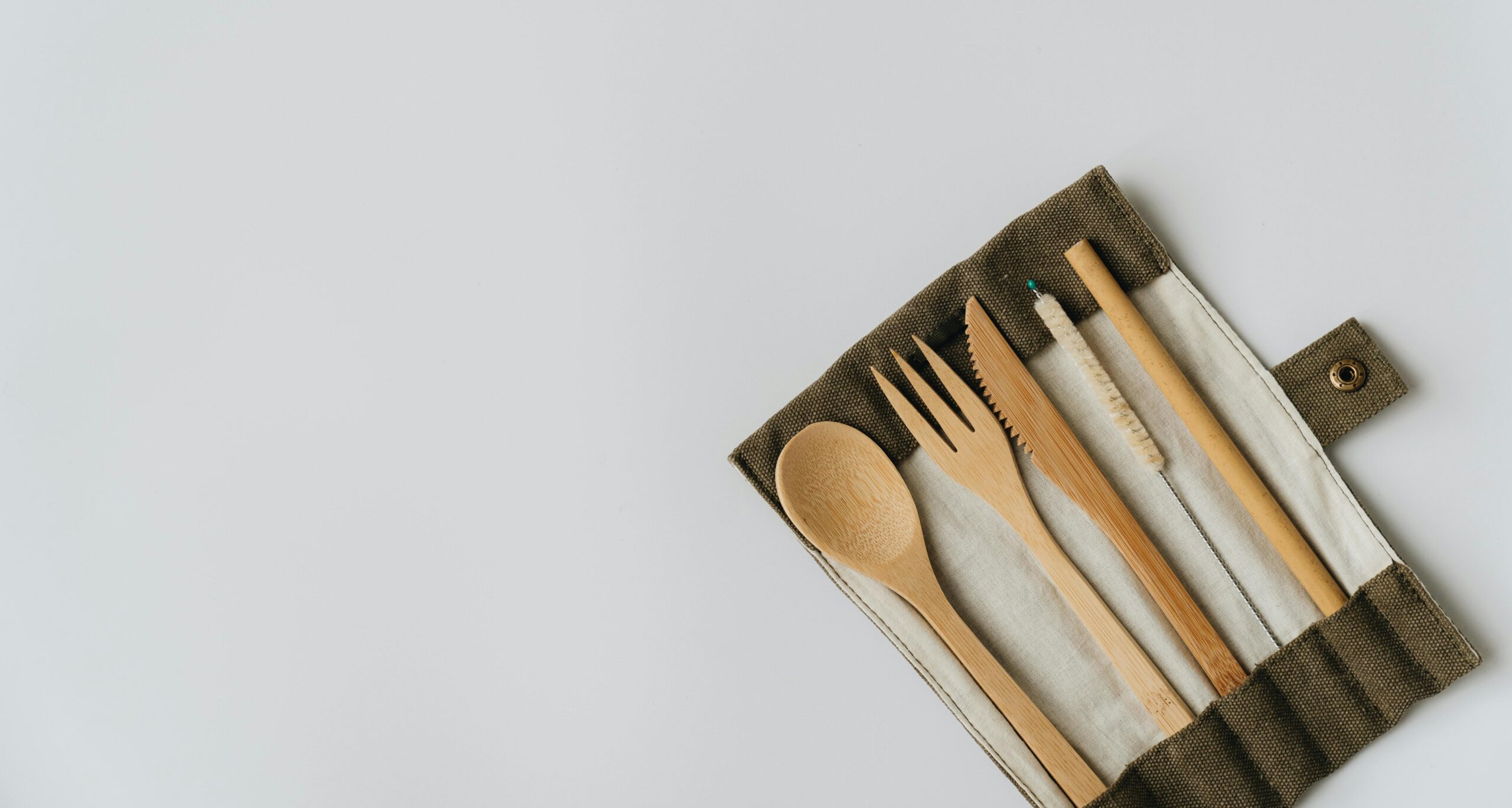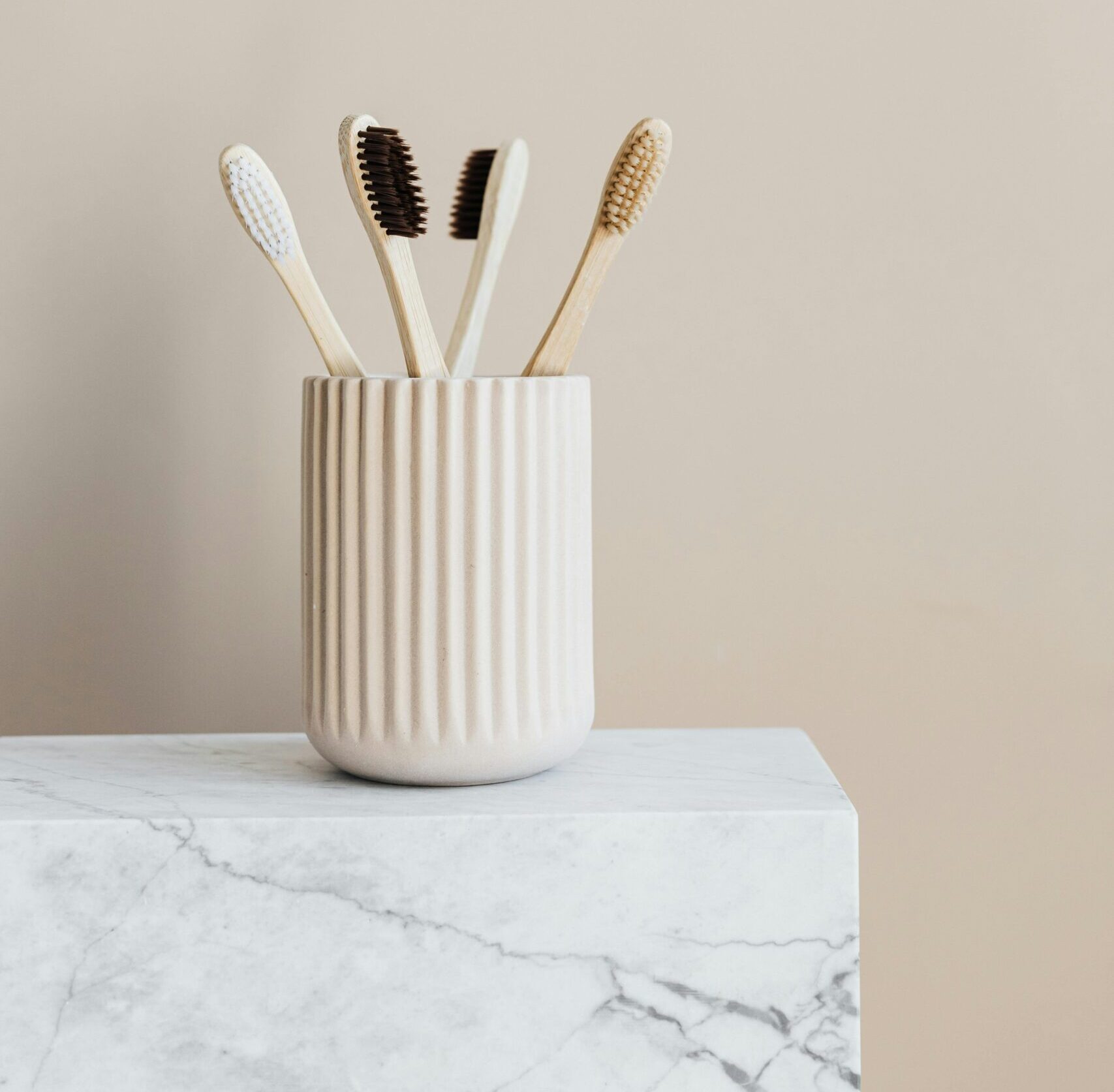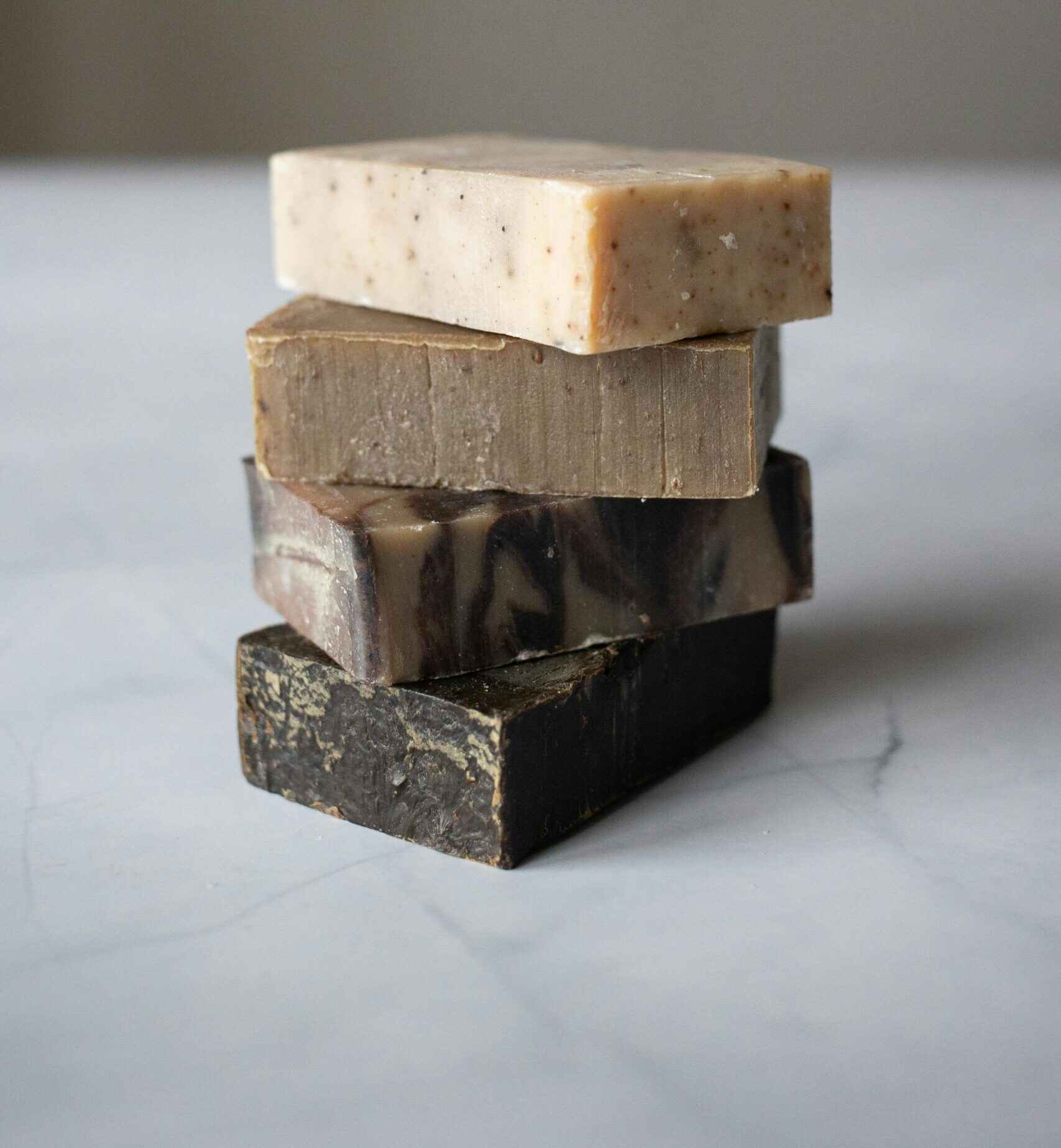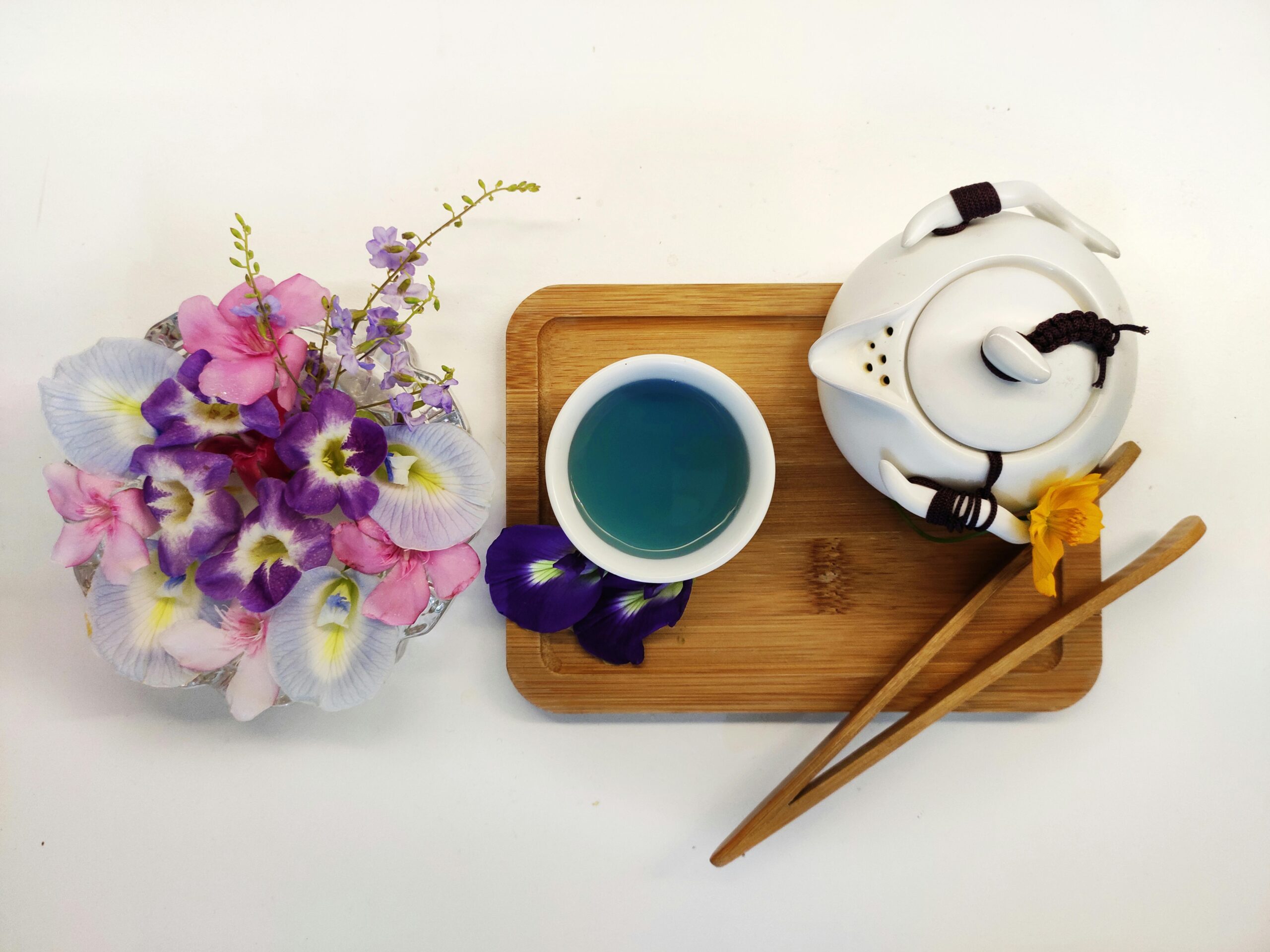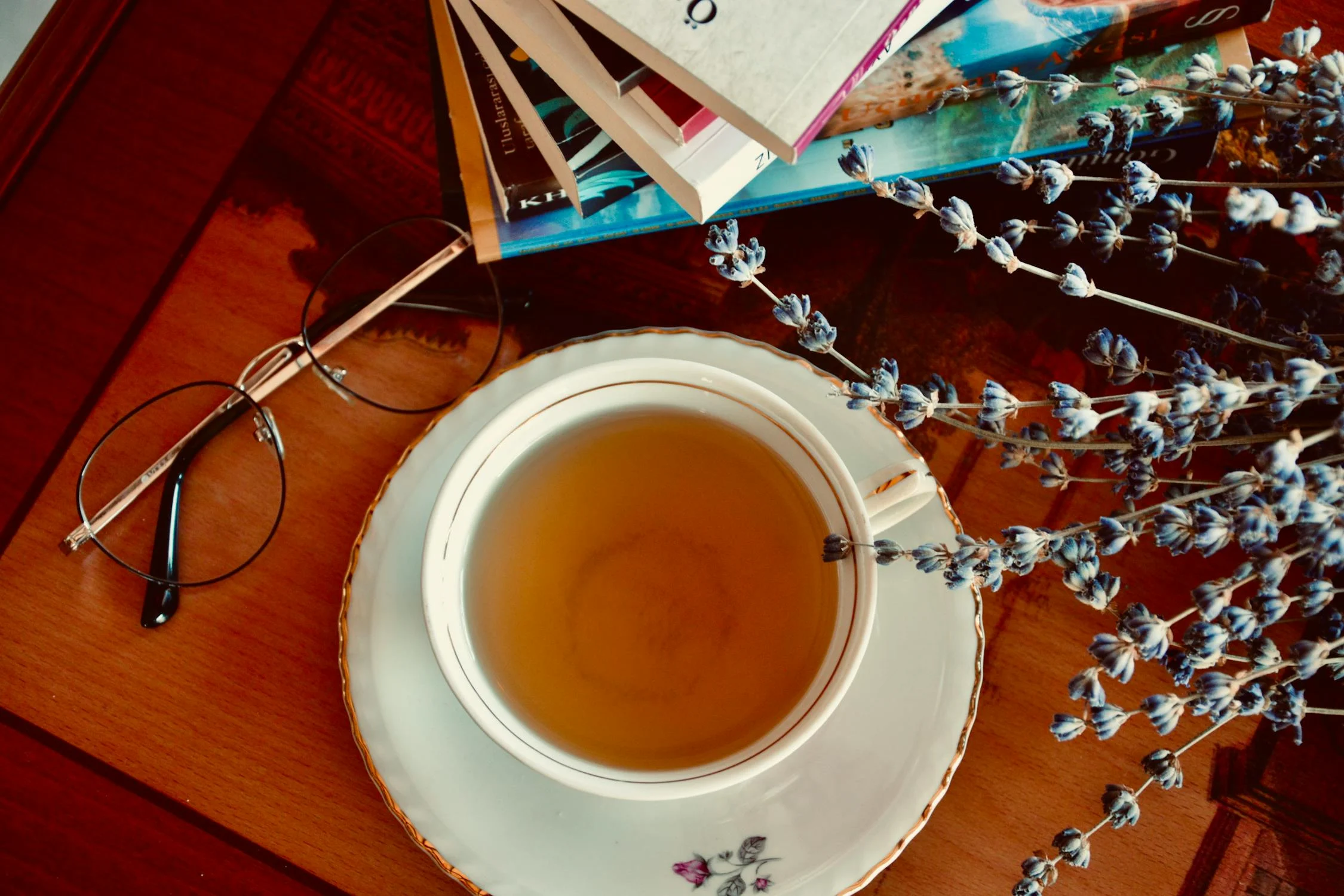If you’re looking to sip your way to better health, chances are you’ve come across herbal tea and green tea. While both are popular choices for wellness, they are not the same—from how they’re made to what they do for your body.
Let’s dive into the differences and help you decide which one belongs in your cup!
What is Green Tea?
Green tea is made from the Camellia sinensis plant, just like black and oolong tea. But unlike the others, green tea is minimally processed, retaining its natural antioxidants called catechins, especially EGCG.
Benefits:
Boosts metabolism
Rich in antioxidants
Supports heart health
May improve brain function
What is Herbal Tea?
Herbal teas (also called tisanes) are not actually made from tea leaves. They’re made from dried herbs, flowers, spices, or fruits, and come caffeine-free by nature.
Popular Types:
Chamomile (for sleep)
Peppermint (for digestion)
Hibiscus (for blood pressure)
Rooibos (antioxidant-rich)
Benefits:
Naturally caffeine-free
Aids in relaxation and digestion
Flavorful and aromatic
| Feature | Green Tea | Herbal Tea |
|---|---|---|
| Source | Camellia sinensis (tea plant) | Herbs, flowers, spices |
| Caffeine | Yes (low to moderate) | No |
| Antioxidants | EGCG, catechins | Depends on the herb used |
| Taste | Earthy, grassy, sometimes bitter | Sweet, floral, or spicy |
| Health Benefits | Weight loss, heart & brain health | Relaxation, digestion, sleep |
When to Choose What?
Need a gentle energy boost? Go for green tea.
Craving a cozy, caffeine-free moment? Herbal tea is your friend.
Focusing on weight loss or metabolism? Green tea wins.
Looking to wind down before bed? Herbal teas like chamomile are ideal.
Final Sip
Whether you’re team herbal or team green, both offer a beautiful ritual of pause and wellness. Explore, sip slowly, and let each cup be a mindful moment in your day.
